Looking Back to Look Forward
In April, 2021, after I was fully vaccinated and more than two weeks past my second shot, I had a friend come to visit for the weekend. She was my first guest since 2019, and I anticipated that after months of isolation the visit would feel strange—that I would find it hard to be around someone else for a prolonged period of time and I’d likely feel overwhelmed. I was glad to discover the very opposite. The weekend was tremendous fun.
What I didn’t anticipate was that once my friend left, the losses I had felt in the previous eighteen months would come crashing in. I was suddenly struck by how much I had missed out on during the pandemic. I became acutely aware that there could have been, in a different timeline, multiple guests and multiple weekend visits, work trips, porch visits, and the chance to host people for dinner. Once I had an opportunity to experience something I had missed I realized the enormous degree to which I had missed it. I was shaken by the scope of that loss.

It struck me that there was some likelihood that fall semester would hit similarly, especially as we have had had precious little time to reflect in the past eighteen months. As educators, we have been asked by representatives of our institutions to be a thousand Little Engines That Could – to just keep going, despite our depleted emotional and physical resources, our wildly varied home situations, our care-giving responsibilities, and our isolation. We were on the front lines of identifying and trying to meet student needs, and often felt out of our depth as we did so. We rethought our pedagogies and reworked our courses, discovered the delights and drawbacks of countless apps, graded and ungraded, and found ourselves glued to Zoom. Many of us kept our heads down, because to look too far ahead amid the uncertainty of the pandemic was often to invite great exhaustion, even despair. We got sick; our loved ones got sick; some of those dearest to us died. And we kept showing up, despite everything, because we knew it mattered, and because we saw (and perhaps had) no other choice.
This is why I launched the Looking Back to Look Forward workshops this summer – to provide space for educators of all kinds to come together and reflect on the past eighteen months before thinking about fall. Each workshop contained unique conversations; June’s discussion of fall was very different from August’s, for example. But in every workshop faculty shared that they had felt helpless as their students struggled with finding safe housing and reliable sources of food; overwhelmed as they spun on a dime to try and adapt their teaching; frustrated with living and working in the same small space as their extended families; lonely as they weathered the pandemic without company; grief as they lost their sense of self. There was resentment, resignation, and anger in the room. Together, we paused to look at those feelings and give them their due.
Not everyone could make a workshop (or finds workshops a good way to process ideas and feelings), so I’m offering some of the questions I asked for anyone who’d like to undertake a self-guided reflection. For many of us, pausing to reflect and honor these past eighteen months is a wise and compassionate choice. We are—faculty, staff, students—in the liminal space between surviving unprecedented times and engaging with new ones. We have the chance to shape that newness with hard-won knowledge. In many real and meaningful ways, we should treat ourselves as living texts that need review before class begins.
The first prompt is a reflection on a quote from Ed Yong’s article, “What Happens When Americans Can Finally Exhale,” which appeared in The Atlantic in May, 2021.
“People have now lived through 14 months of pandemic life. Millions have endured a year of grief, anxiety, isolation, and rolling trauma. Some will recover uneventfully, but for others, the quiet moments after adrenaline fades and normalcy resumes may be unexpectedly punishing. When they finally get a chance to exhale, their breaths may emerge as sigh. ‘People put their heads down and do what they have to do, but suddenly, when there’s an opening, all these feelings come up,’ Laura can Dernoot Lipsky, the founder and director of the Trauma Stewardship Institute, told me.”

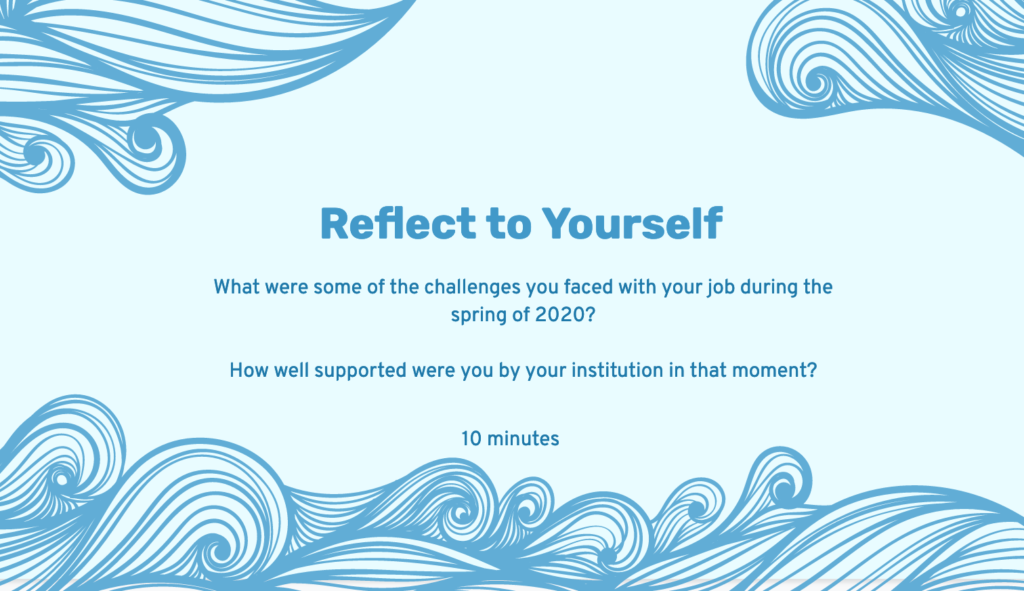
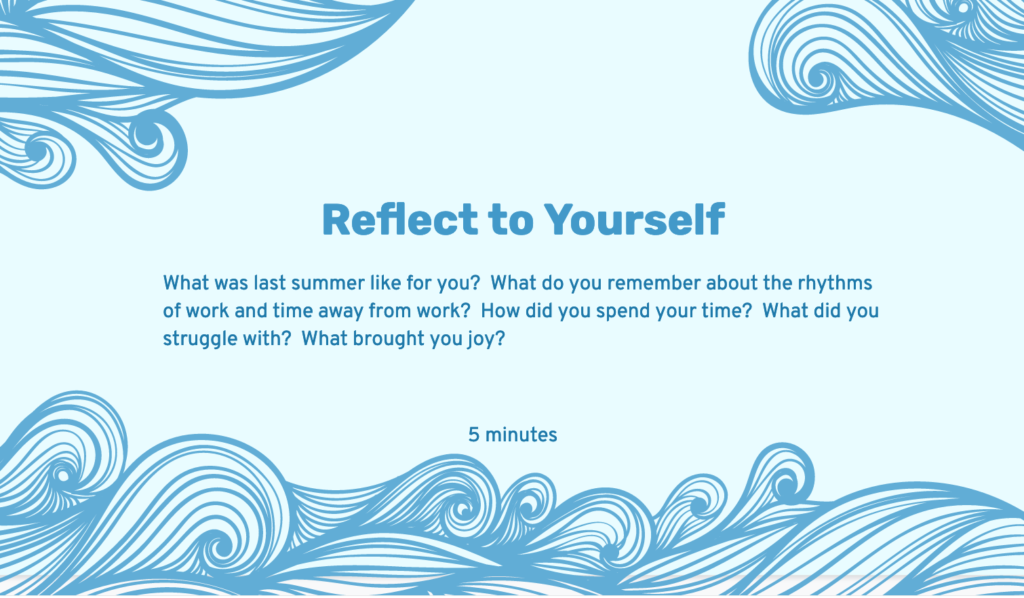
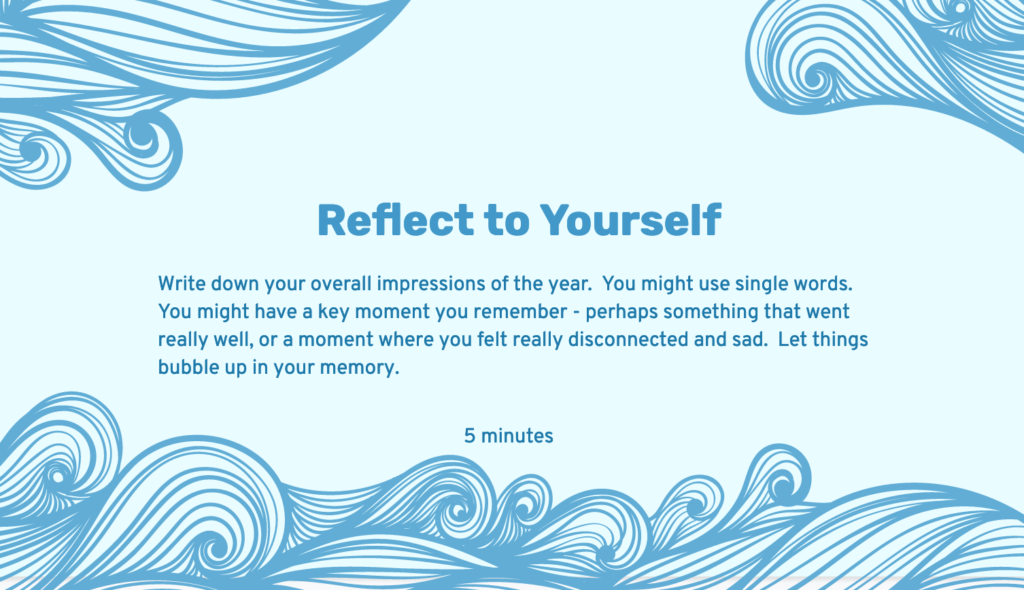
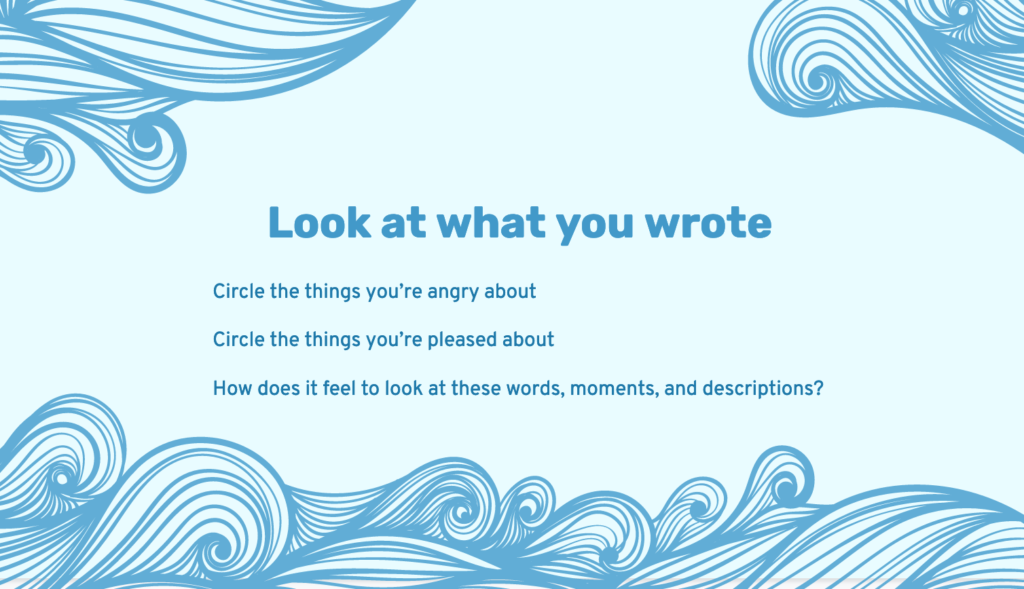
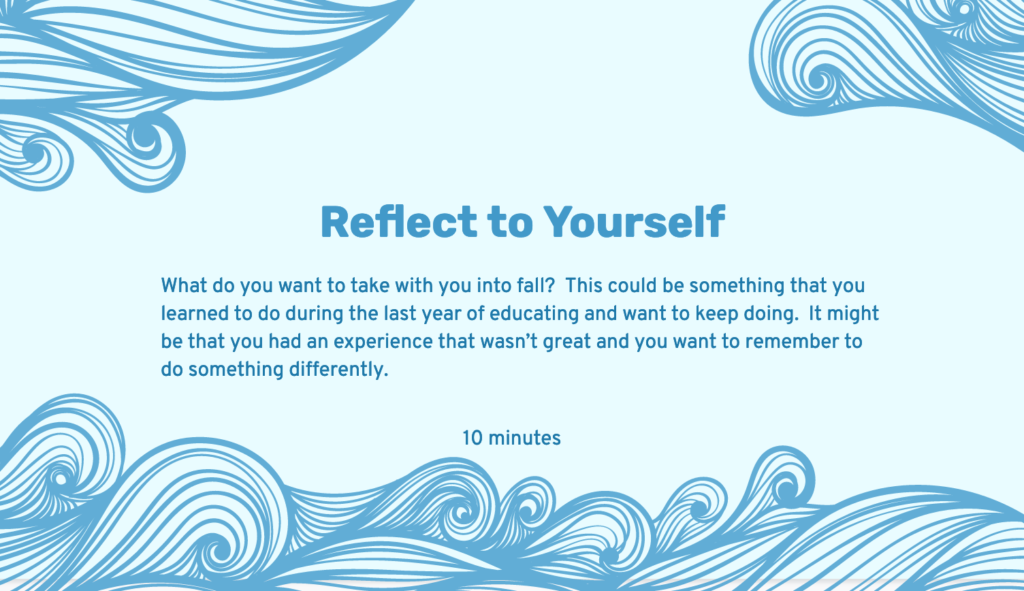
And finally, each session ended with me reading part of Naomi Shihab Nye’s poem “Kindness”:
Before you know kindness as the deepest thing inside,
you must know sorrow as the other deepest thing.
You must wake up with sorrow.
You must speak to it till your voice
catches the thread of all sorrows
and you see the size of the cloth.
Then it is only kindness that makes sense anymore,
only kindness that ties your shoes
and sends you out into the day to gaze at bread,
only kindness that raises its head
from the crowd of the world to say
It is I you have been looking for,
and then goes with you everywhere
like a shadow or a friend.
If any of this has been useful to you, consider throwing a tip in the tip jar!

One thought on “Looking Back to Look Forward”